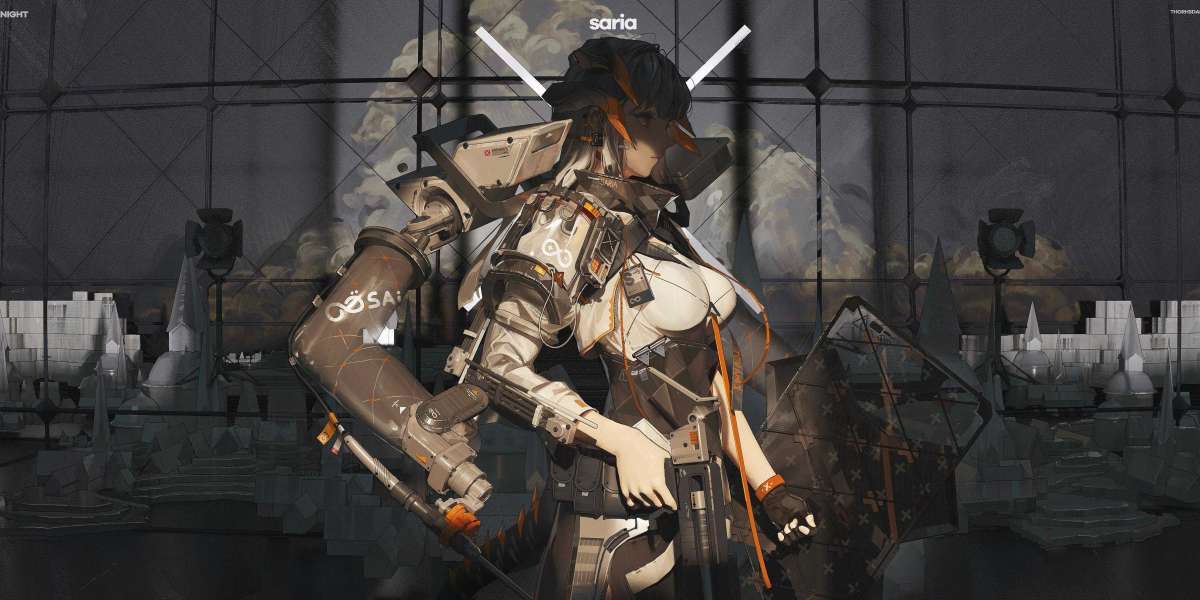As the world of 3D printing continues to expand, many individuals and businesses are eager to explore the possibilities it offers. However, understanding the 3D printing costs involved can be daunting for beginners. This article aims to provide a comprehensive breakdown of these costs, helping you make informed decisions as you embark on your 3D printing journey.

Initial Equipment Costs
The first major component of 3D printing costs is the initial investment in equipment. The price of a 3D printer can vary significantly based on its capabilities and features. Here are some key points to consider:
- Entry-Level Printers: Typically range from $200 to $500. These are suitable for hobbyists and beginners.
- Mid-Range Printers: Usually priced between $500 and $2,000, offering better quality and larger build volumes.
- Professional Printers: Can cost anywhere from $2,000 to $100,000 or more, designed for industrial applications.
When selecting a printer, consider your specific needs. What type of projects do you plan to undertake? If you are just starting, an entry-level printer may suffice. However, if you aim to produce high-quality prototypes, investing in a mid-range or professional printer might be more beneficial.
Material Costs
Another significant aspect of 3D printing costs is the materials used in the printing process. The most common materials include:
- PLA (Polylactic Acid): A biodegradable plastic that is easy to use, typically costing $20 to $50 per kilogram.
- ABS (Acrylonitrile Butadiene Styrene): Known for its durability, priced similarly to PLA.
- Specialty Filaments: Such as TPU (Thermoplastic Polyurethane) or Nylon, which can range from $30 to $100 per kilogram.
Understanding the material costs is crucial. What type of projects will you be working on? The choice of filament can significantly impact the final product's quality and durability.
Maintenance and Operational Costs
In addition to the initial investment and material costs, ongoing maintenance and operational expenses must be factored into your 3D printing costs. These may include:
- Replacement Parts: Nozzle replacements, build plates, and other components may need periodic replacement.
- Electricity Costs: Depending on the printer's power consumption, this can add up over time.
- Software Licenses: Some advanced printing software may require a subscription or one-time purchase.
Are you prepared for these ongoing costs? Regular maintenance can prolong the life of your printer and improve print quality.
Conclusion: Making Informed Decisions
Understanding the various components of 3D printing costs is essential for anyone looking to dive into this innovative field. By evaluating the initial equipment costs, material expenses, and ongoing maintenance, you can make informed decisions that align with your goals. Remember, investing in quality equipment and materials can lead to better results and a more satisfying 3D printing experience.
As you embark on your journey, consider your specific needs and budget. With the right knowledge, you can navigate the world of 3D printing with confidence.







